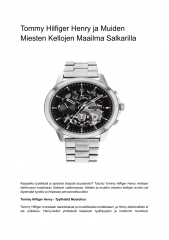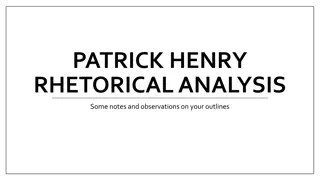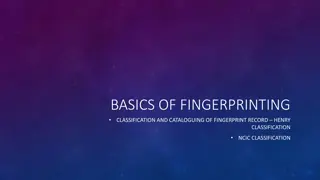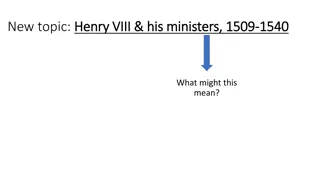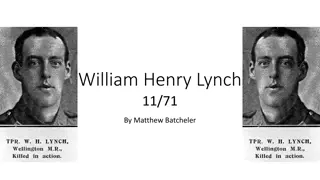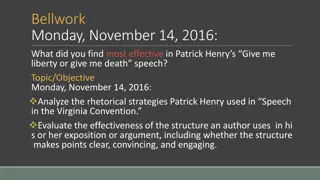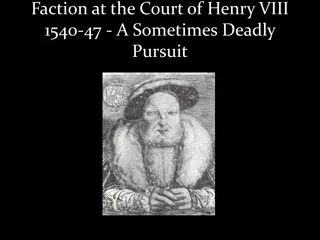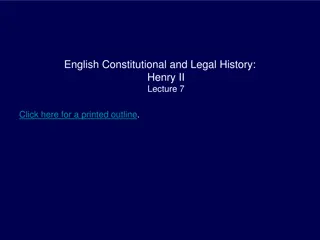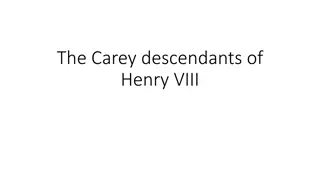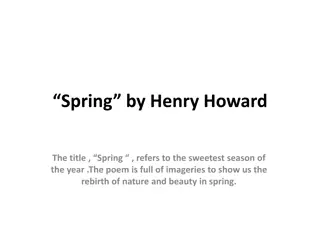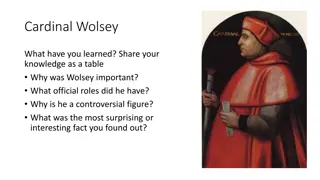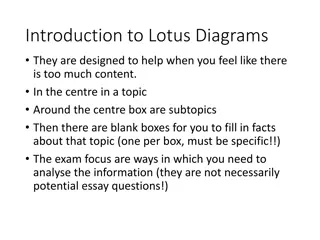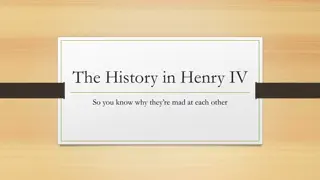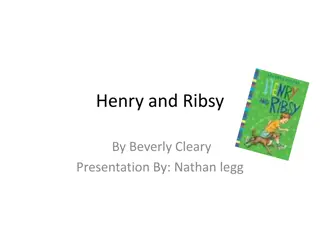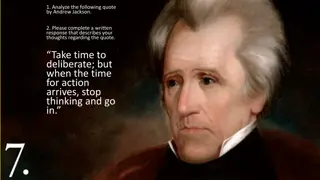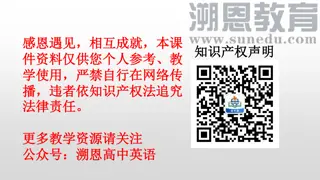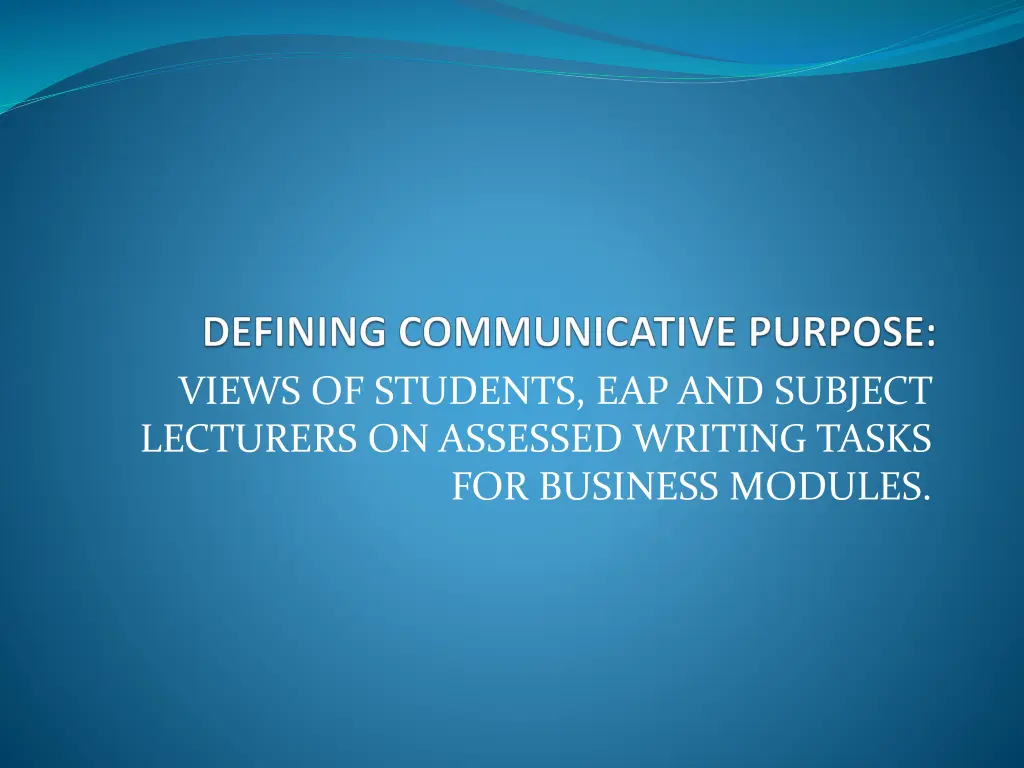
Examining Assessed Business Writing Tasks: Students’ and Lecturers' Perspectives
Explore the views of students, EAP, and subject lecturers on assessed writing tasks for business modules in academic research. Investigate similarities and differences in student writing on Business and EAP modules to enhance teaching and assessment methods.
Download Presentation

Please find below an Image/Link to download the presentation.
The content on the website is provided AS IS for your information and personal use only. It may not be sold, licensed, or shared on other websites without obtaining consent from the author. If you encounter any issues during the download, it is possible that the publisher has removed the file from their server.
You are allowed to download the files provided on this website for personal or commercial use, subject to the condition that they are used lawfully. All files are the property of their respective owners.
The content on the website is provided AS IS for your information and personal use only. It may not be sold, licensed, or shared on other websites without obtaining consent from the author.
E N D
Presentation Transcript
VIEWS OF STUDENTS, EAP AND SUBJECT LECTURERS ON ASSESSED WRITING TASKS FOR BUSINESS MODULES.
Background Research into academic writing for Business courses. Corpus of non-native student writing completed in final year of Business degrees at Coventry University. Writing collected from credit-bearing subject and EAP modules. Corpus divided into levels of achievement (3rdto 1st). Current interest is in the successful texts (2:1 and 1stclass) The writing is in the case study genre. Students analyse an exemplar company (Tesco s / Barclaycard) and offer recommendations. I teach on the EAP module at Coventry and I am a part-time PhD student at The University of Birmingham.
Aims of research To examine assessed academic writing on a Business content and an EAP support module. To investigate similarities and differences in student writing on the two tasks. To find out what we can learn from each other. Should any changes be made to assessments in either module? To improve teaching and assessment on EAP and possibly on content modules.
Methodology Analysing assignment briefs Stages of writing (Genre Analysis / moves) Language choices in the two tasks (Corpus Linguistics and Systemic Functional Linguistics) Focus groups / interviews Subject lecturers, EAP lecturers, student writers
EAP task Subject task
Research Questions To what extent do these assignments share a communicative purpose? What can we learn as EAP teachers from analysing business writing tasks and talking to Business lecturers?
Business writing in the BAWE corpus The case study genre family . 1) Company Reports where students pretend to address a business or shareholder 2) Organisation Analyses concerned with business issues but not set in the imagined workplace 3) Single Issue Report; more overtly academic with no assumed consultant role or personal responsibility for advice (Nesi and Gardner 2012:194)
The type of Business assignment affects the register used by successful students (from more academic to more professional ) Gardner (2012)
Business module Assignment EAP module assignment
Sections and stages Student writers on both assignments use the same section headings Introduction / Orientation, Analysis, Conclusion, Recommendations. Proportions are quite different though: Analysis 67%-83% in subject task. 31-53% in EAP writing. Recommendations 22% of total in EAP task, 12.5% in Business module task. Student writers analyse more in the subject task, advise more in the EAP assignment.
Section headings Section headings indicate different communicative purpose: Subject assignment Theoretical models, textual function EAP task Ideational / topic based headings
Move analysis of different sections EAP assignment Business module
Example of steps 1B and 1C in subject corpus. Strengths in italics, weaknesses underlined. Example of steps 1A and 1B in EAP corpus. Cause in italics, effects underlined.
Transitivity analysis participants and processes (field) Material processes dominate in both tasks Shows a concern with describing activity in business discourse. Subject tasks contain more relational processes. Relates to the participants in the discourse.
EAP texts Business texts
Transitivity examples Hypothesis Subject writers use more abstract entities and relational processes - EAP texts contain more human / concrete entities and material processes
Modality in business writing (tenor) Higher proportion of epistemic modality in subject writing. EAP writers employ deontic modality more frequently. Writer commitment is higher in EAP writing.
Modality in the corpus The implement of changing the strategy may meet some problem Text Two (subject corpus) Epistemic / implicit Tesco should conduct a research of its internal supply chain Text Three (EAP corpus) Deontic / implicit
Use of frameworks and models in Business assignment (mode) Writers on the Business task use diagrams to represent the theoretical models. These are used to organise the discourse. This has a textual function.
Student writers use the visual form of the model to organise their analysis Components of the model are used as sub-headings Student refers back to the visual data above
Corpus techniques (i) Company portrayed as in crisis or facing problems Concerned with practical problems ( stores , sales profits )
Corpus techniques (ii) Reveals importance of theoretical models new , high , Ansoff , forces
Focus groups EAP / subject / students Series of interviews and focus groups have been held with: Student writers (on the same module but not of the actual texts in the corpus) EAP teaching team (teaching on the EAP support module) A business lecturer (who has taught and led the business module being analysed) Focus on the business lecturer here. We discussed the task brief; the introduction, analysis and recommendations. Also, what changes could be made to either assignment.
Business lecturer responses task brief EAP assignment puts you in a situation, you can imagine a role Almost too many theories in the Barclays task. You should select an appropriate framework for the case study With the Barclays task there is no specific audience for the recommendation Barclays task is more academic, Tesco s is more professional
Business lecturer responses introduction Students imagine and put themselves into a situation in the Tesco task The company is portrayed negatively in Tesco task, and positive in Barclays
Business lecturer responses analysis We expect students to use visual information to show the model Graphs and illustrations are missing in the EAP task. We need to direct the readers with visual support Busy execs need to find information quickly I think that a model should be used (in the EAP task). This is the base of business studies. To sharpen the analysis It s not meeting the requirements of an academic business report In the business world models are not really used As academics we would expect the students to use theory
Business lecturer responses recommendations EAP recommendations are clear and to the point relates well to the crisis in the company In the subject task the recommendations are vague It s easier to make recommendations when there is a current crisis 10 years is old for a case study and for a student When I grade a student s work I don t place too much emphasis on recommendations The recommendations are the sugar on the top of the report
Business lecturer responses changes to the tasks Students like a clear structure (EAP) Add some theories or frameworks to the EAP task The ideal assessment would be to merge the tasks together Discard the Barclays case study because it s too old Use fewer frameworks Recommend structure to the students Point them to some sources to get them started Recommend one or two key frameworks (SWOT, Five Forces, PESTEL) Use a technique / theory that you feel comfortable with Include some visual information in the report it needs to be visually appealing
Conclusion / discussion Genre analysis, SFL, corpus linguistics and qualitative techniques each give insights into academic writing in the disciplines. Analysing disciplinary tasks and talking to subject lecturers allows us to think together about our teaching and assignments The study shows that we can learn from each other. EAP tasks have strengths in terms of structure and relevance of the material / immediacy of the problem. But, EAP tasks could become more subject specific in terms of the analysis. Students could use a model or framework to do their analysis EAP tasks could require students to include visual information in their analysis of the company
Selected references Eggins, S. (2004) An Introduction to Systemic Functional Linguistics. New York. Continuum International Publishing. Forman, J. & Rymer, J. (1999) 'Defining the Genre of the "Case Write-Up" in The Journal of Business Communication 36 (2) 103-133 Freedman, A., Christine, A. & Smart, G. (1994) 'Wearing Suits to Class: Stimulating Genres and Simulations as Genre' in Written Communication 11 (2) 193-226. Gardner, S. (2012) A Pedagogic and professional Case Study genre continuum in Business and in Medicine in the Journal of Applied Linguistics and Professional Practice 9:13-35 Gruber, H. (2004) 'Scholar or Consultant? Author-roles of writers in German business writing' in Analysing Academic Writing. London: Continuum Nathan, P. (2013) Academic writing in the business school: The genre of the business case report in the Journal of English for Academic Purposes 12:57-68 Nesi, H. & Gardner, S. (2012) Genres Across the Disciplines: Student Writing in Higher Education. Cambridge. Cambridge University Press Swales, J.M. (1990) Genre Analysis: English in academic and research settings. Cambridge. Cambridge University Press Yeung, L. (2007) In search of commonalities: Some linguistic and rhetorical features of business reports as a genre in English for Specific Purposes 26; 156-179 Zhu, W. (2004) Writing in business courses: an analysis of assignment types, their characteristics and required skills in English for Specific Purposes 23; 111-135

